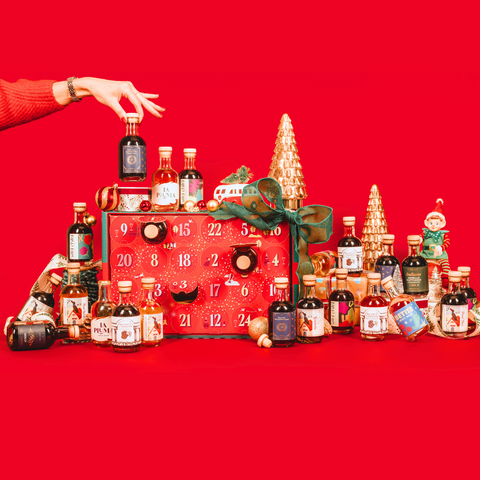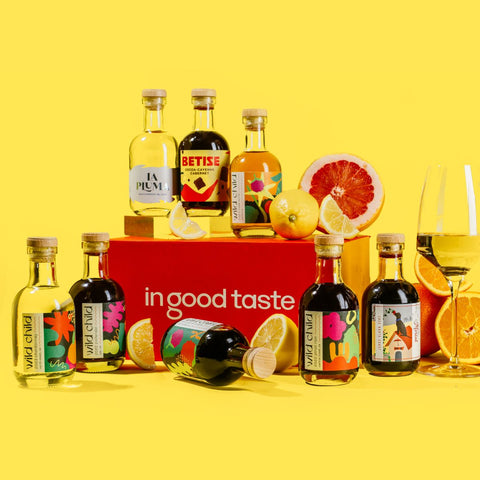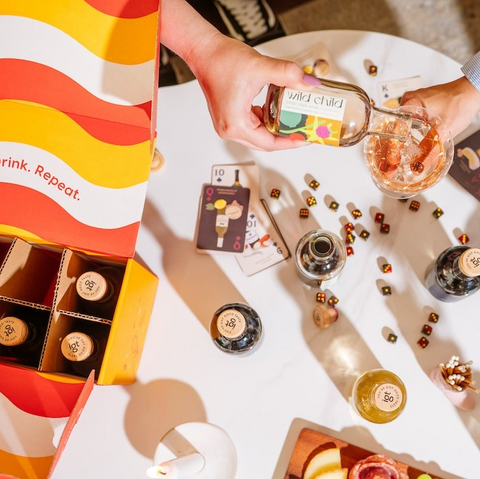Every consumable industry faces generational challenges, and the wine industry is no different. Legacy wine companies have done a poor job of marketing and communicating to anyone younger than Boomers. While this must change, it doesn’t actually spell disaster for much of the industry, as Eric Asimov in today’s New York Times would have you think.
For the last several years, the Silicon Valley Bank’s (SVB) Rob McMillan has highlighted in his annual report the lagging demand for wine from the Millennial generation. Today’s article by Eric Asimov summarized this report, with both authors foretelling doom and gloom for the wine industry.
McMillan predicts sales of wine could drop 20% in the next decade if things don’t change while Asimov points toward increased competition from Beer and Spirits drawing Millennial consumers away from wine.
Each suggests a few strategies for wineries to follow to try and attract more Millennials, from socially conscious brands to novel ingredient lists. However, both McMillan and Asimov fail to understand the Millennial consumer and as a result, misrepresent both the scale of the problem and its potential solutions.
DON’T PANIC
The entire wine industry does not face the same problem. Legacy wineries that have depended on the Boomers for much of their revenue very much do face a serious challenge as that generation reaches retirement age and consumption decreases.
The rest of the industry, however, has a shining opportunity: The American wine industry has a massive and largely untapped (uncorked) potential market: Millennials.
Millennials are doing everything later. They are getting married significantly later, buying houses later. They are growing up later! Naturally, they are discovering wine at a later age as well. These changes in social habits have a direct impact on their consumption behavior, but not in the way Asimov suggests.
The SVB wine report Asimov summarizes is an excellent overview of the industry and has a lot of success predicting trends for future years. However, the focus on a Harris Poll of 2,000 adults asking “what beverage they would bring to a party” is completely irrelevant. The poll suggests that Boomers and Generation X are much more likely to bring wine to a party, whereas Millennials have a more even distribution across alcoholic categories.
The main problem with this survey is it assumes the phrase “party” means the same thing to people of different ages. For example, Dinner parties vs. late-night house parties are two different consumption occasions. At this age, the Millennial generation spends more time single and socializing at larger gatherings than having smaller, more intimate gatherings.
I would venture to guess that no Millennial would even think to bring White Claw to a dinner party. A house party? Completely different story.
Asimov uses this data point to state that “wine is simply not preferred by younger people.” This is a massive illogical jump and irresponsible misunderstanding of the core of alcoholic consumption. What he doesn’t seem to understand is that the consumption occasion dictates what a Millennials will drink, and their preferences will adjust as their occasions adjust with age.
McMillian makes the same mistake when pointing out that the reopening of restaurants did not lead to a corresponding spike in on premise wine consumption. This has nothing to do with preference and significantly more to do with availability and perceived value. Direct-to-Consumer wine has become much more available for the general population, and the wine offering in restaurants is not a unique enough experience to merit the traditional exorbitant mark ups.
As with alcoholic consumption at “parties”, the consumption experience and value proposition in restaurants are different. A consumer can open a bottle of wine and pour a glass at home, no problem. That consumer very likely cannot make many of the cocktails they might order at a restaurant, and as a result, the experience is unique and perceived value is higher.
Once again, the problem is not preference but perceived value for a specific consumption occasion. As Millennials age, and their consumption occasions evolve, wine will return to previous generations’ consumption levels.
Relax:
Wineries need to put their egos aside and talk to people like humans. The majority have spent the last decades inflating the pomp and circumstance that surrounds the product, and as a result 75% of Americans are still intimidated by the “rules” of wine drinking. What rules? It’s wine– drink it however you enjoy it and don’t let any company tell you otherwise. The higher a winery places itself on a pedestal, the further away they are from who they want their new customers to be.
Accessibility starts with not shaming people for drinking out of stemless glasses or putting an ice cube in their wine. It evolves with relatable people talking about wine in a way that is fun, not pretentious. This is something Boomer wineries do terribly.
The good news is younger wine companies are picking up the slack and meeting Millennials at their level. A couple examples:
- Wade Cellars does an excellent job creating content that allows a celebrity wine drinker to be vulnerable and make mistakes on camera attempting to guess cheap vs expensive wine.
- Las Jaras Winery focuses on light, drinkable wines with fun relaxed art as their labels. Their most popular wine is even titled Sweet Berry Wine with a picture of John C Riley from the Adult Swim Comedy sketch Dr. Steve Brule that the wine is named after. The wine is excellent, and the brand relaxed. Both companies make high quality wines but remove their ego to show that most people who produce wine, are not the same as the people who review wine.
Relax, Don’t Panic
If you’re a winery that started in the last decade, keep your blinders on and stay focused on what you are doing. Very likely you are right on the money. If you are a Boomer winery, step out of your comfort zone and have some fun. Run a collaboration with a younger brand! Let them design labels for you, or even market your wine for you. Find ways to utilize what you do best and supplement your weakness with partners. As a smaller producer, In Good Taste is constantly getting help and helping our fellow winemakers. The collaborative sprit is why I got into the industry. Let your guard down, have some fun, and you’ll be surprised by how quickly the Millennial consumer comes with you.








